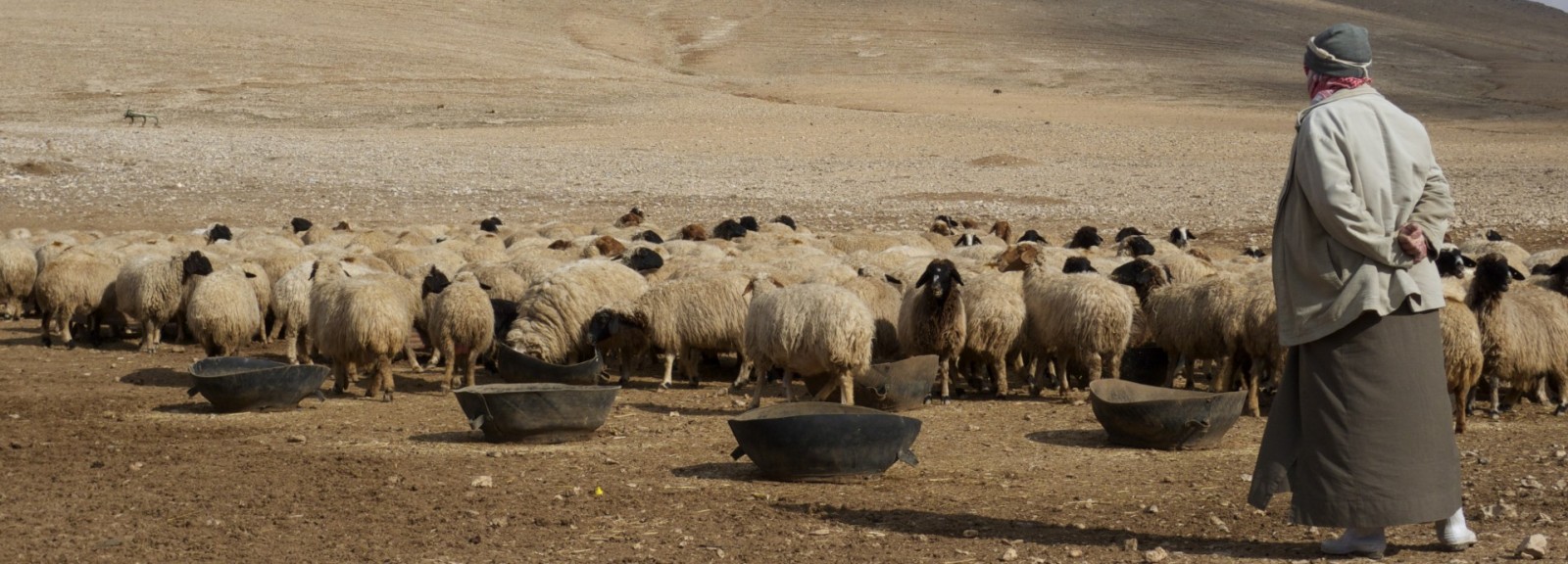Over-grazing and desertification in the Syrian steppe are the root causes of war
Author: Gianluca Serra
Civil war in Syria is the result of the desertification of the ecologically fragile Syrian steppe, writes Gianluca Serra – a process that began in 1958 when the former Bedouin commons were opened up to unrestricted grazing. That led to a wider ecological, hydrological and agricultural collapse, and then to a ‘rural intifada’ of farmers and nomads no longer able to support themselves.
Back in 2009, I dared to forecast that if the rampant desertification process gripping the Syrian steppe was not halted soon, it could eventually become a trigger for social turmoil and even for a civil war.
I was being interviewed by the journalist and scholar Francesca de Chatel- and was feeling deeply disillusioned about Syrian government’s failure to heed my advice that the steppe, which covers over half of the country’s land mass, was in desperate need of recuperation.
I had just spent a decade (four years of which serving a UN-FAO project aimed at rehabilitating the steppe) trying to advocate that livestock over-grazing of the steppe rangelands was the key cause of its ecological degradation.
However, for the Syrian government’s staff, it was far too easy to identify and blame prolonged droughts (a natural feature of this kind of semi-arid environment) or climate change (which was already becoming a popular buzzword in those years). These external causes served well as a way to escape from any responsibility – and to justify their inaction.
In an article on The Ecologist, Alex Kirby writes that the severe 2006-2010 drought in Syria may have contributed to the civil war. Indeed it may – but this is to disregard the immediate cause – the disastrous over-exploitation of the fragile steppe ecosystem.
Before my time in Syria, as early as the 1970s, international aid organizations such as the UN-FAO had also flagged the dire need to not apply profit-maximization principles and to therefore not over-exploit the fragile ecosystem of the Syrian steppe.

